Panic at the House Museum!
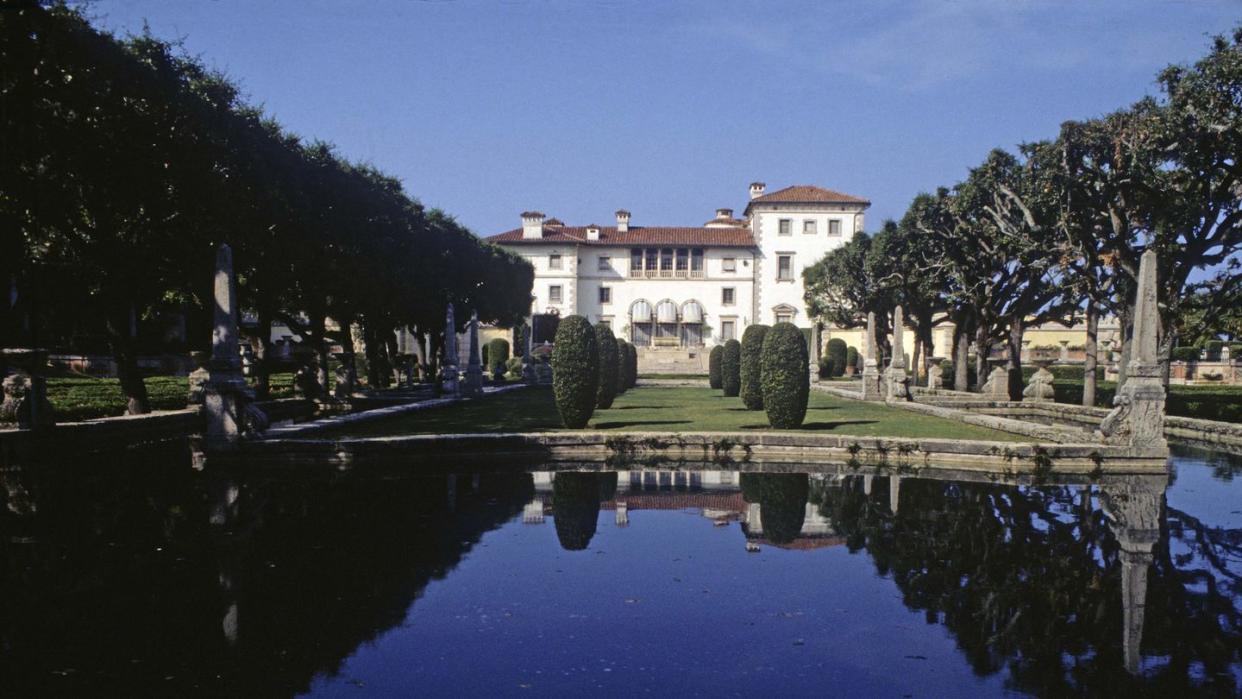
There was a time when interesting people routinely left their curious, captivating dwellings to the public for the benefit of future generations. That was the idea when Victor D’Amico, the founding director of the Museum of Modern Art’s education program, and his wife Mabel, an artist, set up their house museum in Amagansett. Built in the early 1940s by the couple themselves, its windows show off Mabel’s colored glass constructions and the view of Gardiner’s Bay. The airy interior holds fascinating artifacts associated with MoMA, like the museum’s first boardroom tables (now for dining), scores of artworks, design experiments, and Mabel’s handmade jewelry. There’s even a second house museum on the property, a repurposed fishing shack where the Jazz Age portraitist Alexander Brook once entertained his theater friends from New York.
But, unfortunately, the D’Amicos left no endowment. The museum is partly supported by a school, the Art Barge, a dry-docked navy vessel in Napeague owned by MoMA where East Enders and summer visitors have taken art classes since 1960. The rest is up to the unflagging efforts of Christopher Kohan, the president of the institute’s board, who has been with the D’Amico Institute of Art since he took a class there nearly 50 years ago.
In the old days, Kohan says, the East End had wealthy summer visitors who enjoyed playing at being bohemians and were happy to fork over big checks if they found a cause they liked. But today, even though the area has become a magnet for billionaires, those checks are harder to come by. Despite the area’s vaunted artistic roots, it’s now more of “a real estate investment location,” he says.
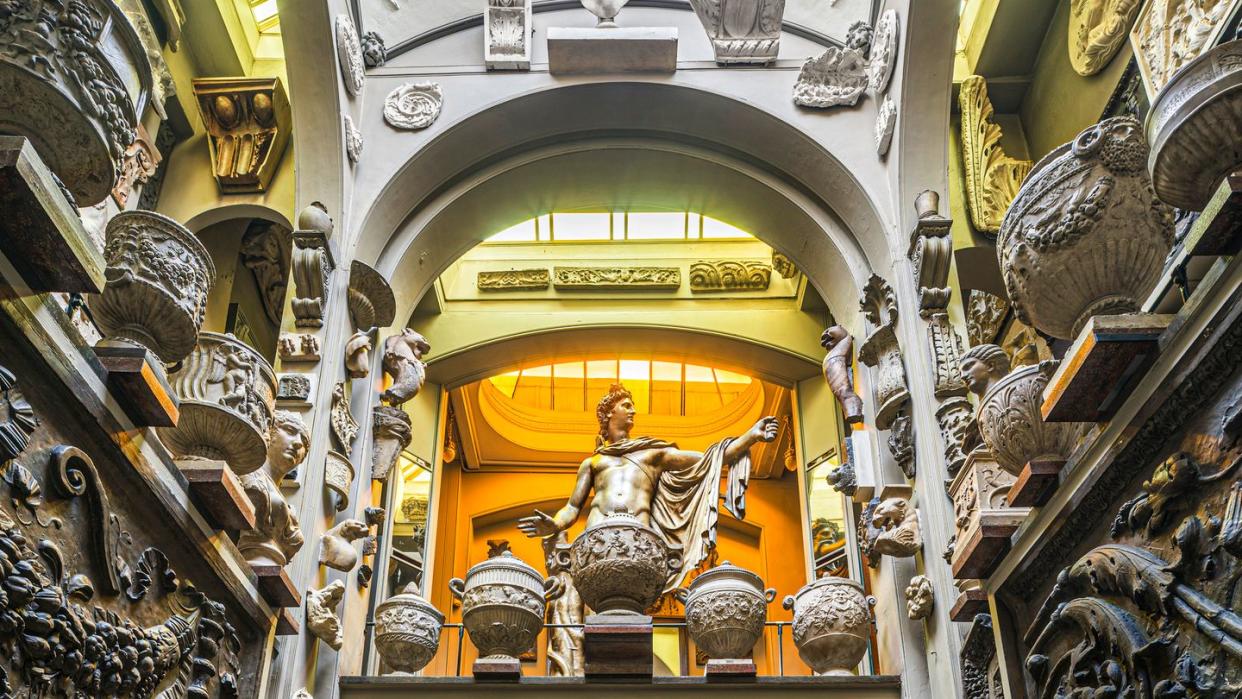
As McMansions blanket the landscape and the rich put their money into their own not-for-profit causes and art spaces, it’s fair to wonder whether the house museum may be a dying breed. Even if someone had a yen to open their house to the public, stocked with a collection of brand name art that was no different from what was next door, would that be something you’d really want to see?
“The reason we love to visit so many house museums time and time again is that they show us a way of life that’s no longer in existence,” says New Orleans–based designer Chad Graci. “There are current houses that are sensational and strive to create a sense of wonder, but to be a house museum you need to have a story.” Take, for example, Miami’s Villa Vizcaya, the home of Gilded Age gadabout James Deering. “The bathrooms were cutting-edge when they were built, but they’re antiquated to us,” Graci says. “We don’t know what the future holds. Maybe it will be worth looking back and preserving a modern farmhouse from 2023.”
The architectural critic Paul Goldberger says, “Houses that are extraordinary one-of-a-kind pieces of architecture will always have a future,” pointing to a creation like London’s Sir John Soane’s Museum, the home and laboratory of the neoclassical architect who designed the Bank of England. Built at the turn of the 19th century, it is filled with arches, domes, skylights, and surprising interior spaces and courtyards, and it remains as he left it, packed with his collection of antiquities, furniture, architectural models, and artworks by the likes of Turner, Canaletto, and Hogarth.
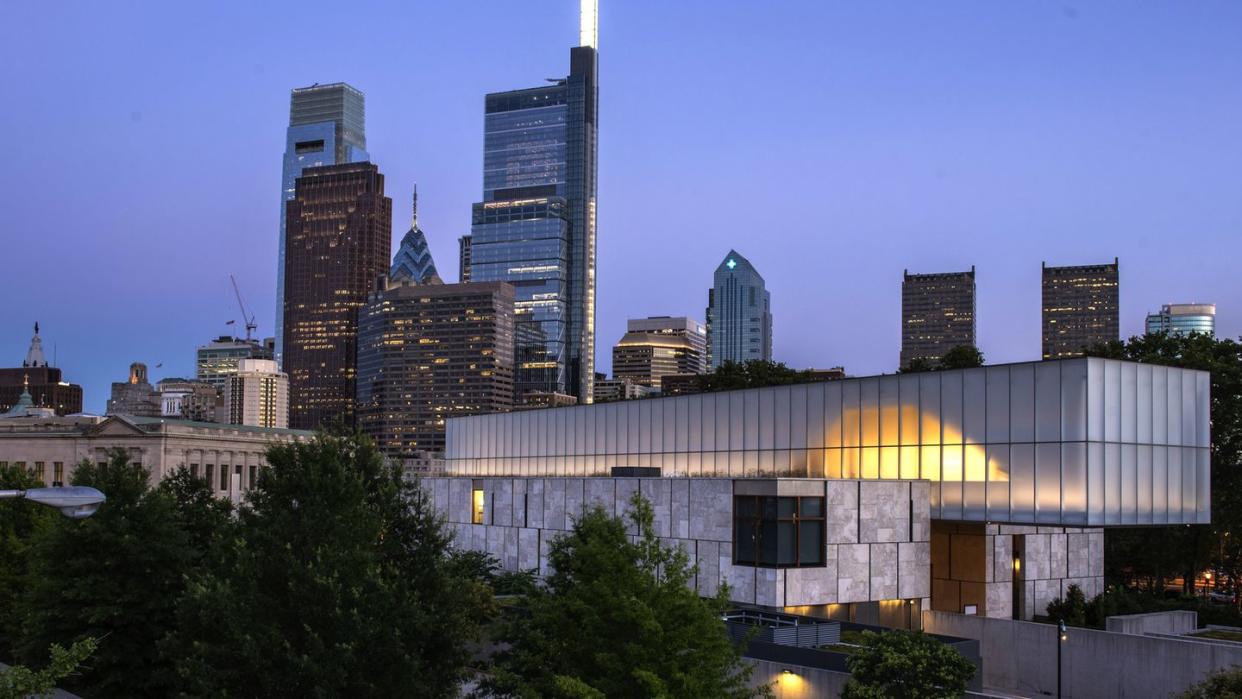
In fact, maybe it’s the thoughtfulness, individuality, and attention to detail that set the truly great house museums apart. The particularity of the installation—the fact that he could hang a metal door hinge next to a Renoir—is what makes many believe that Albert Barnes’s museum was his home, when in fact he lived in Merion, Pennsylvania, where his collection was originally housed.
The Hillwood Estate was Marjorie Merriweather Post’s wonderland of French and Russian decorative arts, housed in a Georgian-style mansion in Washington, DC. It is packed to the gills with Sèvres porcelain, Fabergé eggs, and even her clothes, shoes, and jewels, and one senses that the General Foods mogul could have made a house museum interesting even if she had been pretending to be a penniless bohemian on the beach at Amagansett. That is, after all, the draw of the ideal house museum, Goldberger says: “It takes you into another world.”
While the eccentricity of Barnes or Post might not be in line with today’s more subdued domestic tastes, audiences appreciate house museums’ idiosyncrasies—especially when it comes to homes once inhabited by artists. Valerie Balint, director of the Historic Artists’ Homes and Studios consortium, a program run by the National Trust for Historic Preservation, which recently added the D’Amico house to its portfolio, says the 61 museums on her roster bring in more than 1 million visitors a year, and the number has been rising. “We often think, Is the house museum relevant?” Balint says. “But there is an increased desire to engage with these places of creativity, where the experience is immersive and tactile.”
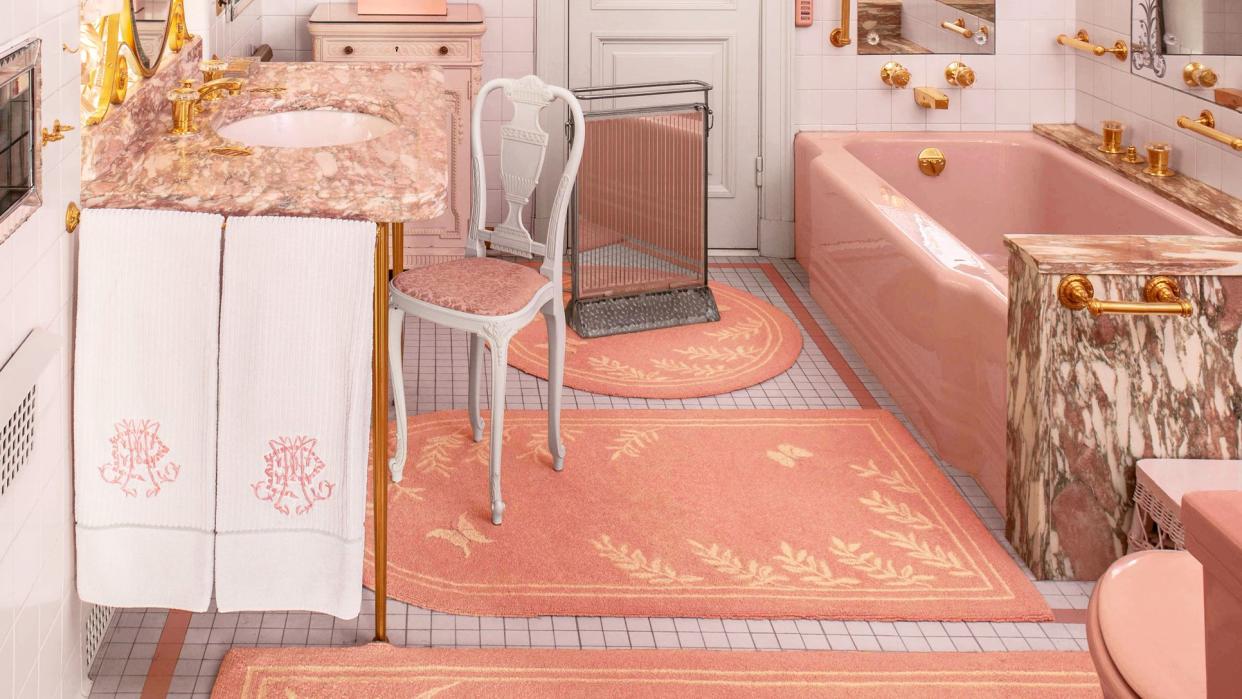
The same goes for other sorts of house museum, says Howard Zar, the executive director of Lyndhurst, a Gothic Revival mansion built in 1838 in Tarrytown, New York. “There have always been the people who built exactly what their neighbors did, and then there were people who did something unique and interesting.” Lyndhurst was bequeathed to the National Trust by Anna Gould, Duchess of Talleyrand-Périgord, in honor of her father, the railway tycoon Jay Gould, and its buildings and collections are significant. Designed by the 19th-century American architect Alexander Jackson Davis for William Paulding, a former mayor of New York, its holdings include furniture, sculpture, ephemera, and ladies couture, as well as an art gallery stocked with works by Gustave Courbet, William-Adolphe Bouguereau, and Jean-Léon Gérôme—the status artists of the day. Yet despite that, “the most common question you get on a tour is, ‘What is your heating system?’ ” Zar says. “From the erudite on down, people innately understand what it means to have a house, and what it means to have a big house,” an appreciation nurtured by high-tone historical TV series like Bridgerton.
In fact, Lyndhurst’s profile has risen significantly because of its appearances on one such program, HBO’s The Gilded Age. It has served as a location for one character’s dining room, the offices of a newspaper, the New York Globe, Central Park, and more. Although the show purports to be set in the palatial houses that once lined Fifth Avenue—buildings that were all about “wearing the price tag on the outside,” says Zar—it can’t be shot there because most were demolished long ago.
Today many big collectors open their own exhibition spaces outside the home, like Mitchell and Emily Rales, who in 2006 opened Glenstone, a secluded museum and sculpture park in Potomac, Maryland, or the architect Peter Marino, who in 2021 put his eclectic collection on view in Southampton in a 19th-century building that was once a library, which he called “a Frick by the sea.” (The real Frick Collection, on Manhattan’s Upper East Side, is actually a house museum. Kohan says he remembers visiting as a child and encountering a woman he believed was Frick’s daughter, who asked how he was enjoying himself.)
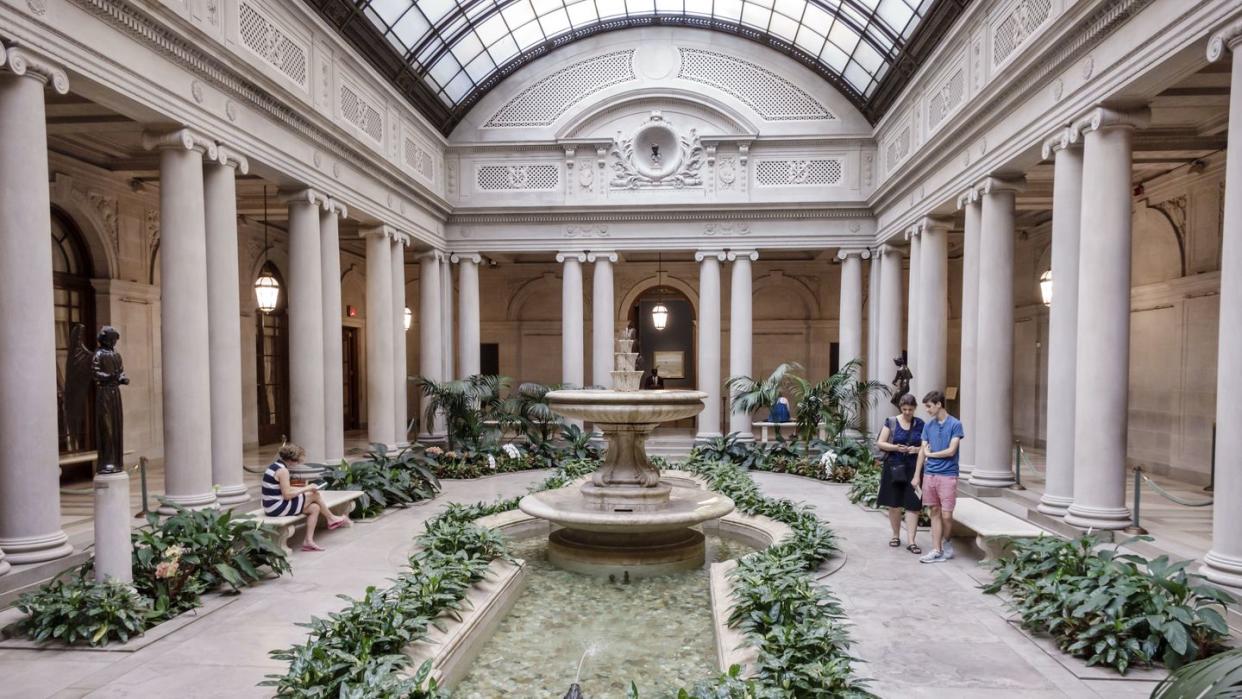
The typical way to do it is to transfer the ownership of the collection to a nonprofit foundation, which also operates the museum. It becomes more complicated if you want to keep the collection with the house. Most people donate both together through a bequest, in which case the value is deducted from the estate, according to Thompson Mayes, general counsel for the National Trust. Although the Trust rarely accepts unsolicited donations, Mayes has processed many such bequests in his time, including Philip Johnson’s ethereal Glass House in New Canaan, Connecticut, and Villa Finale, an ornate 19th-century Italianate mansion in San Antonio’s King William historic district that was saved in the 1960s by the preservationist Walter Mathis. But, Mayes cautions, while he’s a fan of house museums, “it’s worth remembering that sometimes the best way to preserve a house is to keep it in its original use.”
That may be because setting up a house museum “requires a staggering amount of money,” says Christina M. Mason, a partner in the private clients department of the New York law firm Herrick. “You have to be out of your mind to do it.” Her previous firm, Kelley Drye & Warren, had already handled the bequest of the Robert Lehman wing to the Metropolitan Museum when another collector turned up, eager for his collection of almost 700 mechanical music boxes and automata to live on in his double-wide townhouse. But his $7 million endowment wasn’t enough. After six months of shopping the collection around, they found a museum in New Jersey so eager to get it that it promised to build a new wing. While the advantage of setting up a house museum is that “you get to create the vision for it,” Mason says it’s far more sensible to “give it to an established museum if they’re willing to work with you. Then it’s the museum’s problem to keep it going.” Hopefully long enough for today’s tastes to become, ahem, historically significant.
This story appears in the November 2023 issue of Town & Country. SUBSCRIBE NOW
You Might Also Like
